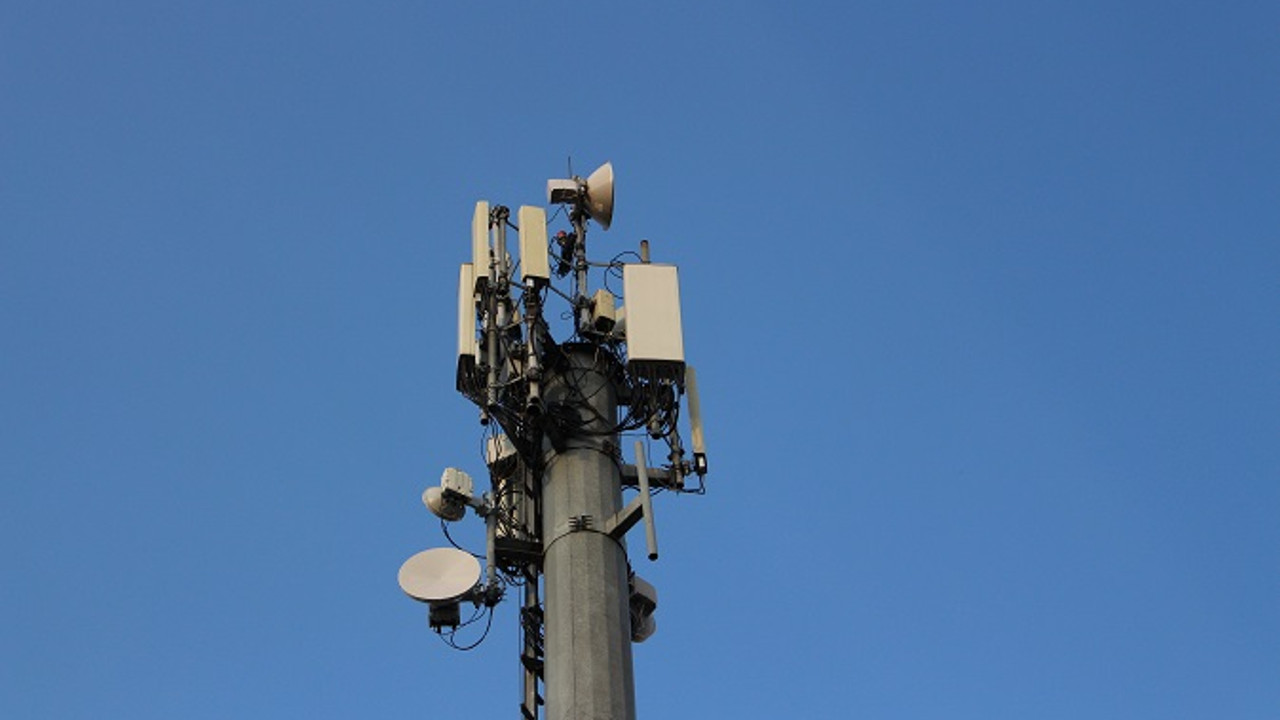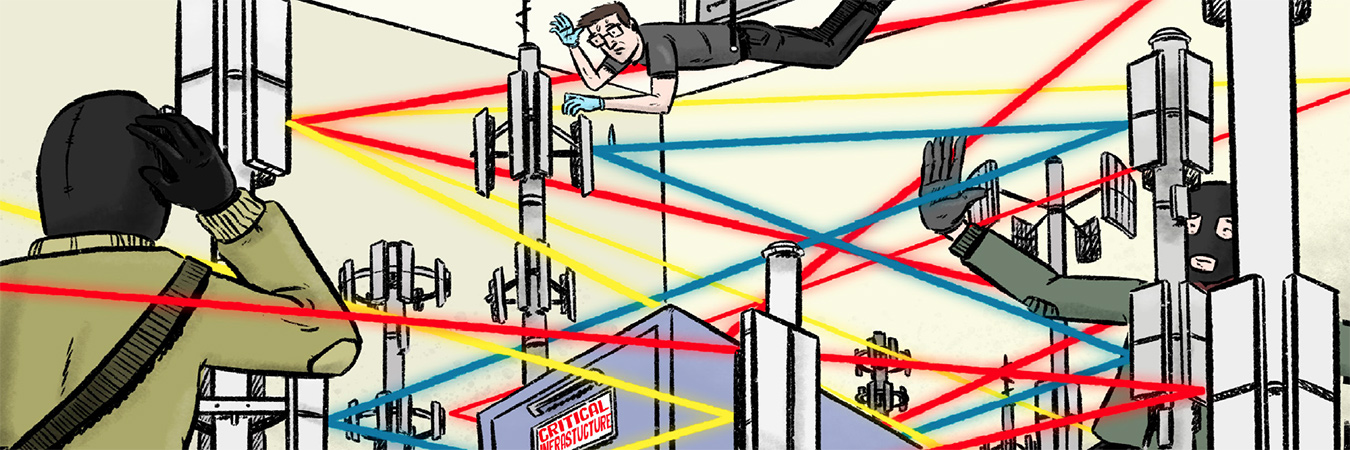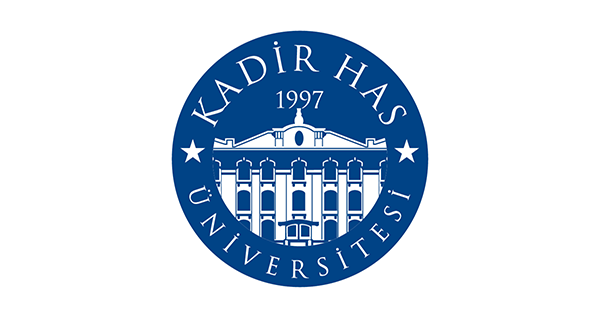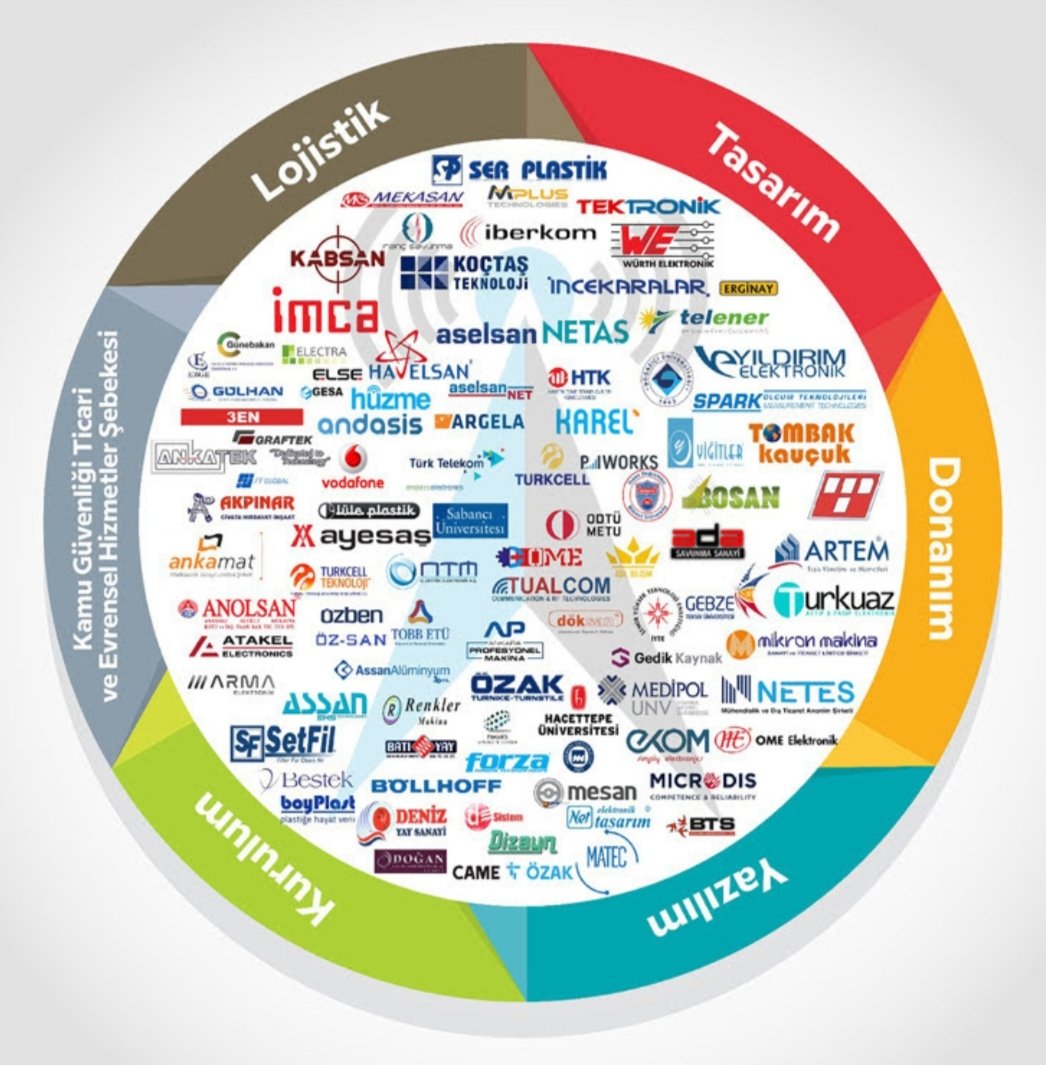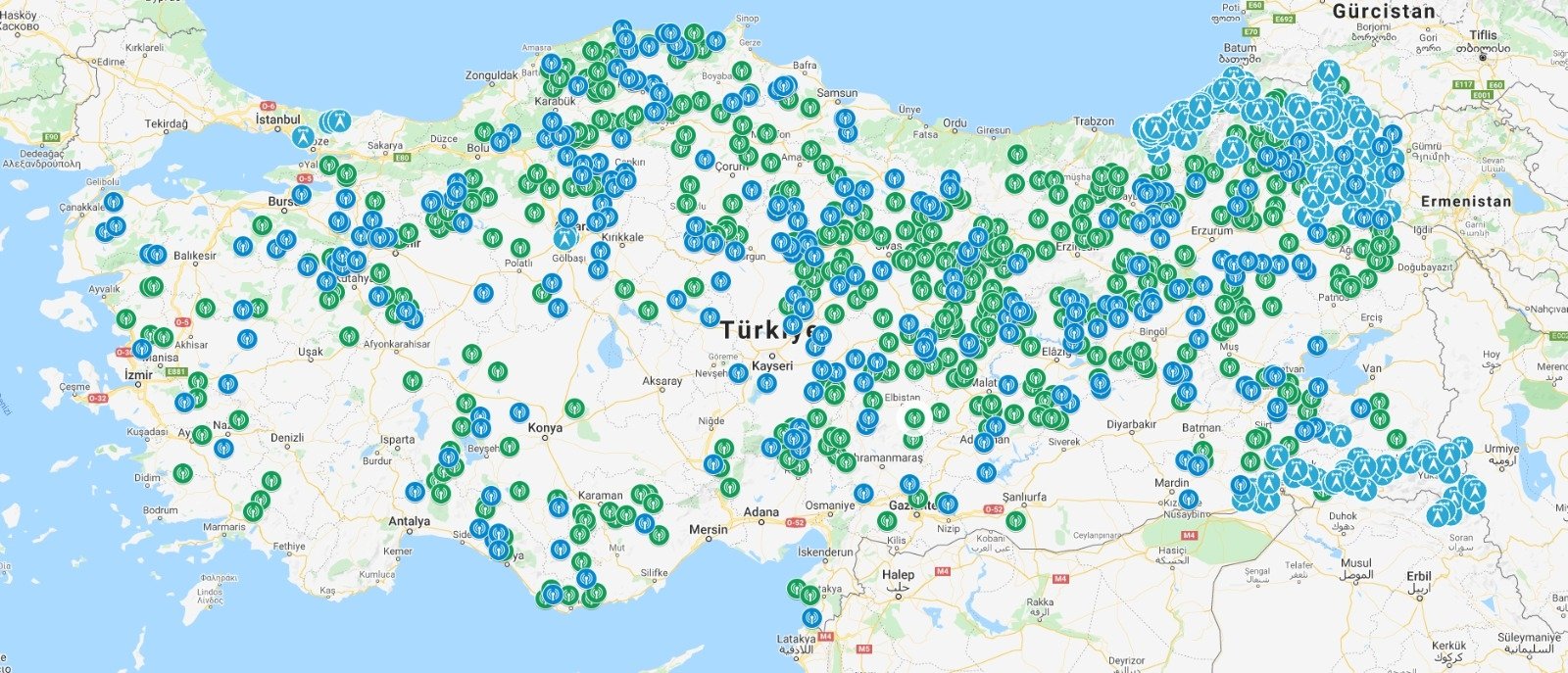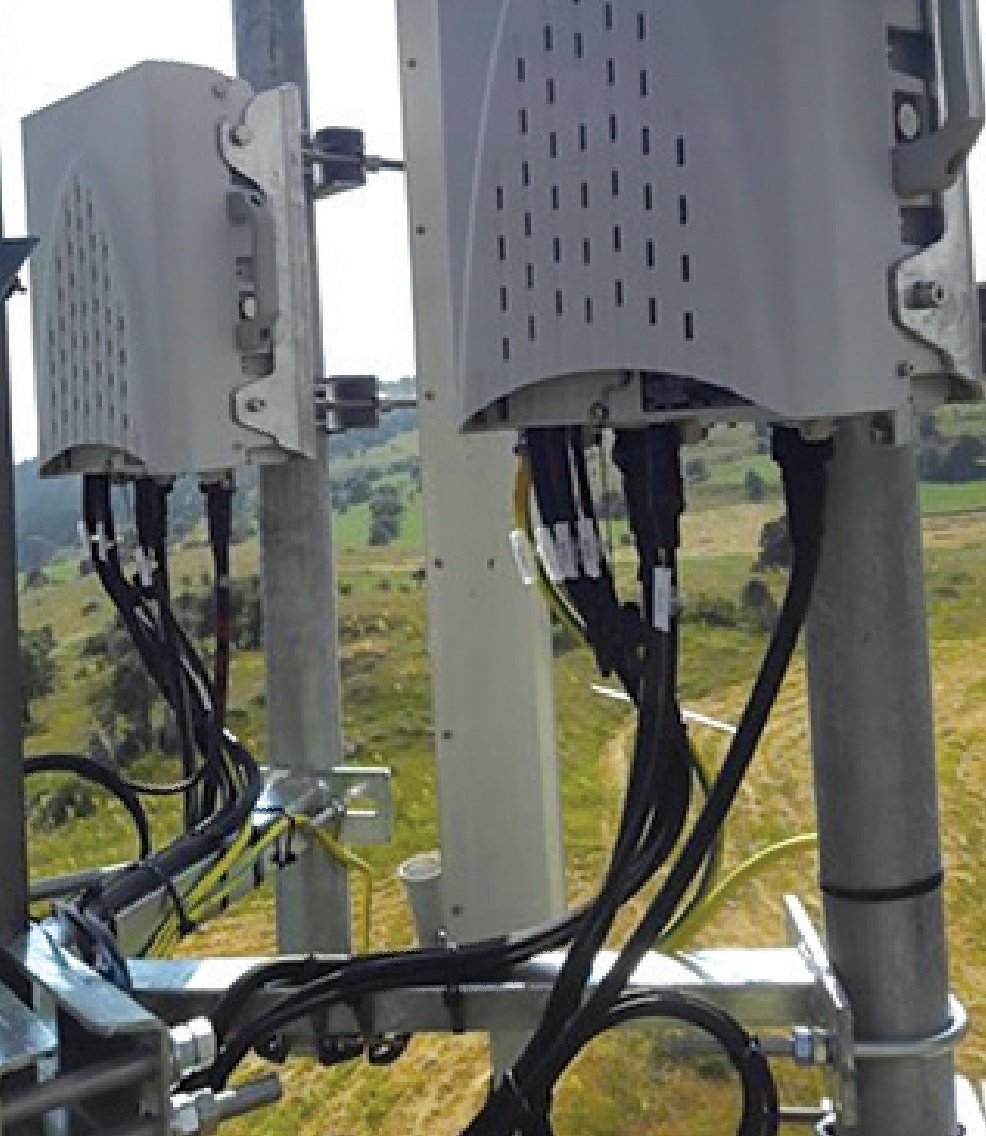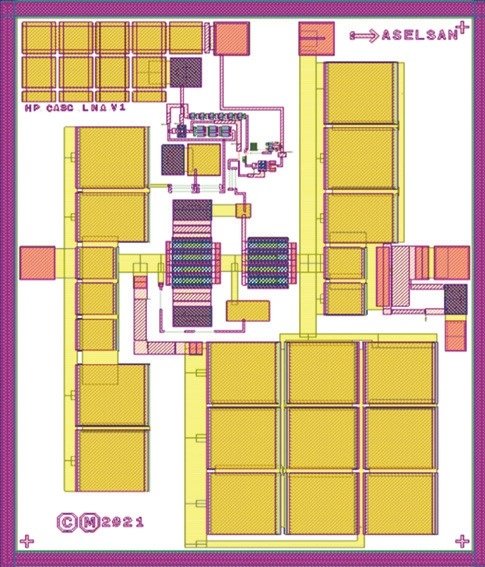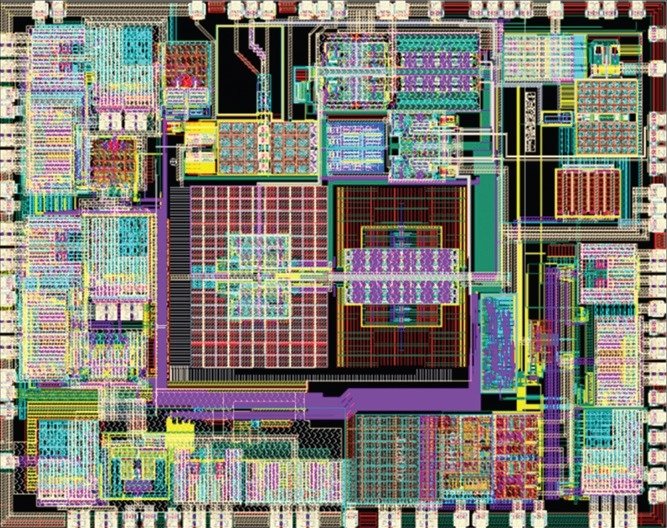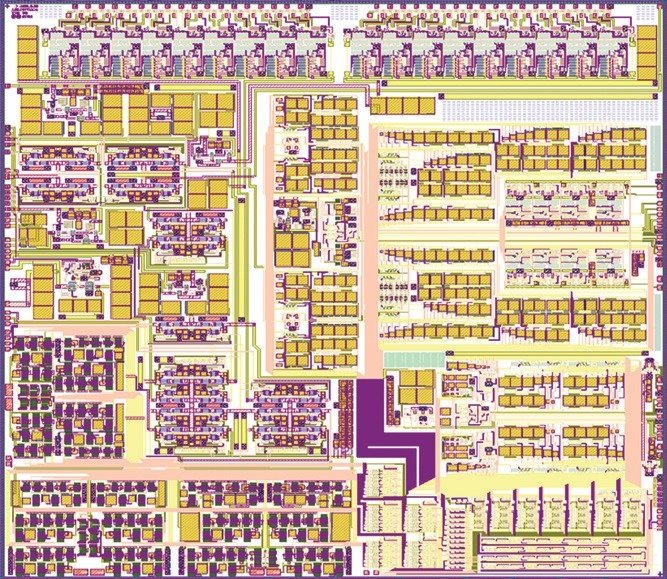Turkey has become a country now guiding the 5G technology
Metin Balcı, General Manager of ULAK Communication Inc., told Anadolu Agency (AA) that their ecosystems are growing day by day as ULAK. Emphasizing that his products compete with world giants in the field and live systems, Balcı stated that the technological gains in 4G, 5G and beyond have attracted attention at the global level and their cooperation is increasing day by day.
Balcı pointed out that considering the diversity of the work done and the technological depth required, it is far beyond what can be accomplished by a single company or a single group, and ULAK Communications works with its shareholders ASELSAN and HAVELSAN, mainly NETAŞ, ARGELA, TURKSAT, KAREL, PIWorks, PAVOTEK and He explained that more than 100 organizations, including many companies that are members of HTK, are doing it with the ecosystem they have created with universities and non-governmental organizations, and they take care to enrich this ecosystem with each passing day.
Stating that technological gains have been achieved in communication infrastructures with the projects carried out by the Presidency Defense Industry Presidency in coordination with the Ministry of Transport and Infrastructure since 2013, Balcı said that these achievements were produced by the coordination and studies of ULAK Communications established under the leadership of the Defense Industry Presidency, and the world in the field under ULAK noted that they have become products competing with their giants.
Balci, ULAK coordinated with the intensifying communication studies is that the result of significant progress, highlighting Turkey's employee base station can produce on the field, and said that this process has become one of the 5-6 countries can continue.
Reminding that ULAK MAYA Network Management and Analysis Systems and ULAK MAYA Data Center solutions, which use software-defined virtualization technology with the latest technology developed, are operational in the field, Balcı stated that they have entered all kinds of tests with world giants in their fields.
Balci, Turkey's informatics they served the most important elements in the nationalization process of network infrastructure, attention, putting an end to foreign manufacturers addiction, stressing that they are completely your own software as ULAK of my system and ecosystem they have developed ready.
Metin Balcı stated that the Ministry of Transport and Infrastructure, Industry and Technology, the Presidency Defense Industry Presidency and the Digital Transformation Office, the Information Technologies and Communication Authority, TÜBİTAK, and the ongoing coordination, guidance and support of the state's relevant institutions, stated that they carried out the process quickly.
"Everyone should show the necessary effort for domestic and national solutions"
Stating that they actively take part in the Cyber Security Cluster and Communication Technologies Cluster activities in this process, they share all their knowledge and experience with the awareness that they will be stronger together, and they strive to add value to every environment they are in, Balcı said, "Technology is changing very quickly. Let us call it war, in this period where we have to be economically and technologically strong, everyone should show the necessary effort and devotion to open the way for domestic and national solutions. " found the assessment.
Emphasizing that in the studies carried out for 5G and beyond, the result of the R&D projects initiated in 2015 is the technological gain and experience created by the 5G ready-made systems currently working in the field, Balcı gave the following information:
"The point reached by ULAK in increasing the confidence in the feasibility of domestic and national systems in broadband communication technologies in the coming period towards 5G and beyond has become a very important reference. As a result of the direction of the senior officials of our related institutions for 5G and beyond, we also continue within the scope of the Domestic National 5G (UUYM5G) Project. We continue to work together with all our stakeholders for the healthy progress of the project with a pioneering and sharing understanding by adding our experience and know-how we gained in the field. "
"Our work has been met with interest abroad, too"
Balcı pointed out that their work on 4G, 5G and beyond broadband communication technologies has received great interest abroad, and said, "In this context, we have been involved in the invitations of organizations such as Telecom Infra Project (TIP) and Open Networking Foundation (ONF). We have the opportunity to work with operators. We continue our preparations to enter T-Mobile / USA's comprehensive tests. We continue the technological cooperation process that we started with Intel after a very difficult process. said.
Emphasizing that they test their products in many different global organizations, demonstrate their ability to work on a global scale, and increase their visibility, Balcı said that these efforts will pave the way for being more effective in foreign markets where they will concentrate in the future.
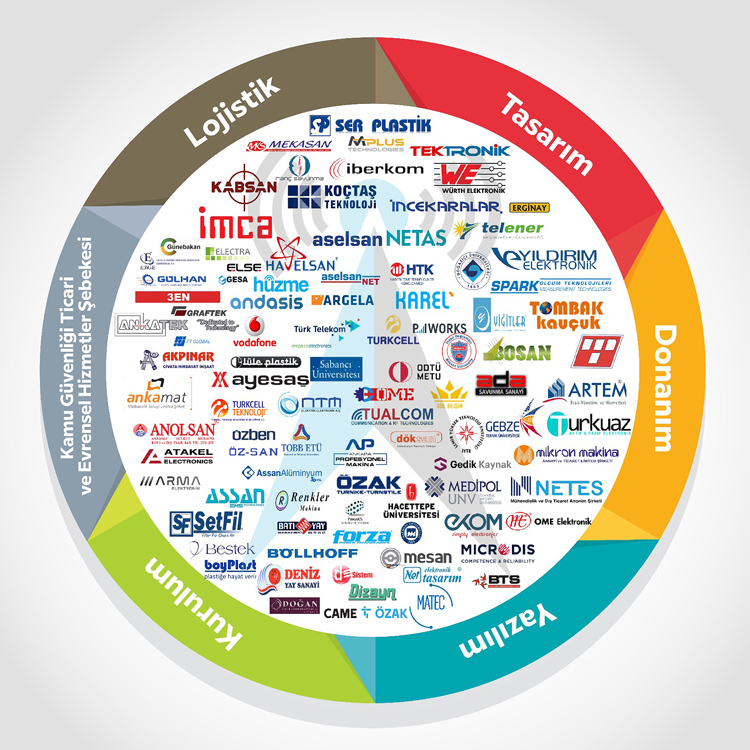
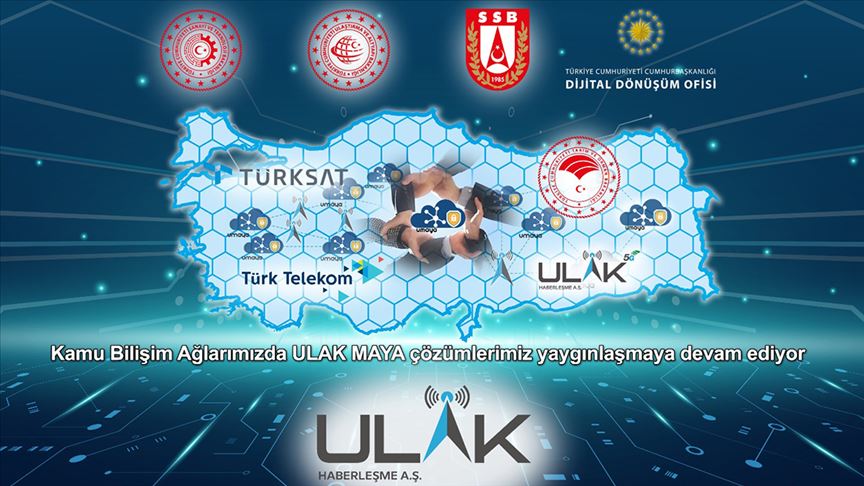
 www.aa.com.tr
www.aa.com.tr
Metin Balcı, General Manager of ULAK Communication Inc., told Anadolu Agency (AA) that their ecosystems are growing day by day as ULAK. Emphasizing that his products compete with world giants in the field and live systems, Balcı stated that the technological gains in 4G, 5G and beyond have attracted attention at the global level and their cooperation is increasing day by day.
Balcı pointed out that considering the diversity of the work done and the technological depth required, it is far beyond what can be accomplished by a single company or a single group, and ULAK Communications works with its shareholders ASELSAN and HAVELSAN, mainly NETAŞ, ARGELA, TURKSAT, KAREL, PIWorks, PAVOTEK and He explained that more than 100 organizations, including many companies that are members of HTK, are doing it with the ecosystem they have created with universities and non-governmental organizations, and they take care to enrich this ecosystem with each passing day.
Stating that technological gains have been achieved in communication infrastructures with the projects carried out by the Presidency Defense Industry Presidency in coordination with the Ministry of Transport and Infrastructure since 2013, Balcı said that these achievements were produced by the coordination and studies of ULAK Communications established under the leadership of the Defense Industry Presidency, and the world in the field under ULAK noted that they have become products competing with their giants.
Balci, ULAK coordinated with the intensifying communication studies is that the result of significant progress, highlighting Turkey's employee base station can produce on the field, and said that this process has become one of the 5-6 countries can continue.
Reminding that ULAK MAYA Network Management and Analysis Systems and ULAK MAYA Data Center solutions, which use software-defined virtualization technology with the latest technology developed, are operational in the field, Balcı stated that they have entered all kinds of tests with world giants in their fields.
Balci, Turkey's informatics they served the most important elements in the nationalization process of network infrastructure, attention, putting an end to foreign manufacturers addiction, stressing that they are completely your own software as ULAK of my system and ecosystem they have developed ready.
Metin Balcı stated that the Ministry of Transport and Infrastructure, Industry and Technology, the Presidency Defense Industry Presidency and the Digital Transformation Office, the Information Technologies and Communication Authority, TÜBİTAK, and the ongoing coordination, guidance and support of the state's relevant institutions, stated that they carried out the process quickly.
"Everyone should show the necessary effort for domestic and national solutions"
Stating that they actively take part in the Cyber Security Cluster and Communication Technologies Cluster activities in this process, they share all their knowledge and experience with the awareness that they will be stronger together, and they strive to add value to every environment they are in, Balcı said, "Technology is changing very quickly. Let us call it war, in this period where we have to be economically and technologically strong, everyone should show the necessary effort and devotion to open the way for domestic and national solutions. " found the assessment.
Emphasizing that in the studies carried out for 5G and beyond, the result of the R&D projects initiated in 2015 is the technological gain and experience created by the 5G ready-made systems currently working in the field, Balcı gave the following information:
"The point reached by ULAK in increasing the confidence in the feasibility of domestic and national systems in broadband communication technologies in the coming period towards 5G and beyond has become a very important reference. As a result of the direction of the senior officials of our related institutions for 5G and beyond, we also continue within the scope of the Domestic National 5G (UUYM5G) Project. We continue to work together with all our stakeholders for the healthy progress of the project with a pioneering and sharing understanding by adding our experience and know-how we gained in the field. "
"Our work has been met with interest abroad, too"
Balcı pointed out that their work on 4G, 5G and beyond broadband communication technologies has received great interest abroad, and said, "In this context, we have been involved in the invitations of organizations such as Telecom Infra Project (TIP) and Open Networking Foundation (ONF). We have the opportunity to work with operators. We continue our preparations to enter T-Mobile / USA's comprehensive tests. We continue the technological cooperation process that we started with Intel after a very difficult process. said.
Emphasizing that they test their products in many different global organizations, demonstrate their ability to work on a global scale, and increase their visibility, Balcı said that these efforts will pave the way for being more effective in foreign markets where they will concentrate in the future.


71 ilde yerli baz istasyonu ULAK'tan 'Alo' deniliyor
ULAK Haberleşme AŞ Genel Müdürü Balcı, eylül başı itibarıyla Türkiye'nin 71 ilinde 1300 baz istasyonuyla 3 operatöre de hizmet verdiklerini belirterek, "1,5 milyondan fazla vatandaşımızın yerli ve milli teknolojilerle iletişimini sağlıyoruz." dedi. - Anadolu Ajansı


